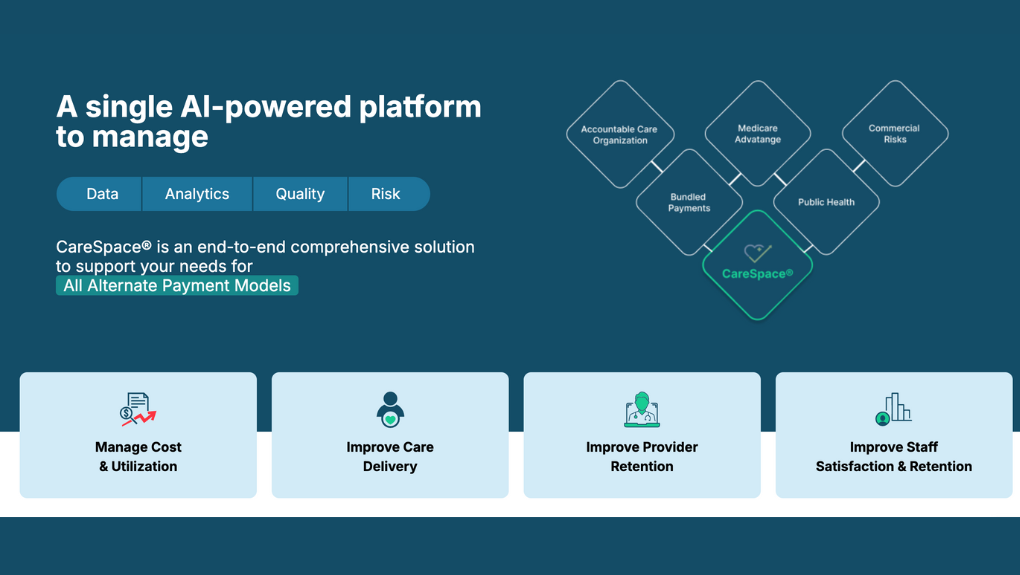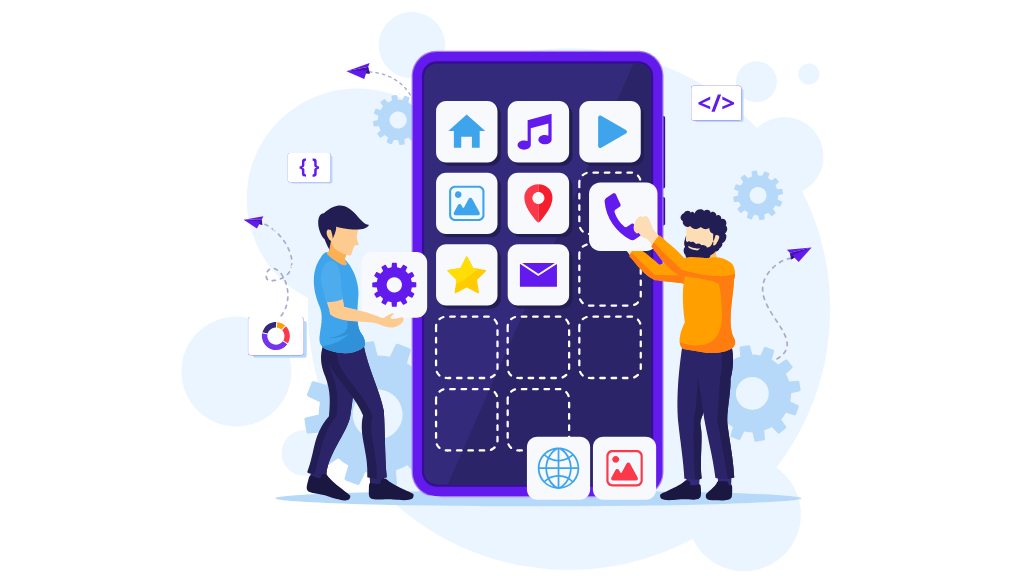Revolutionizing Software: The Art of Crafting Exceptional SaaS Products
Introduction
Software as a Service, or SaaS, has been around for decades. However, the way we develop software products is still evolving. Over the years, different approaches to SaaS product development have emerged and evolved in response to changing demands from customers and the market.
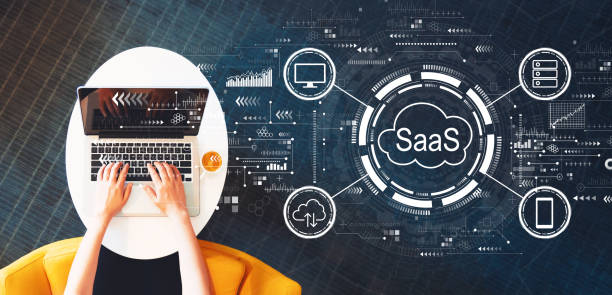
This article will discuss the evolution of SaaS products over time, detailing how their development processes differ from traditional software development models. We will also explore key aspects of SaaS product development services that help developers achieve quality results.
Finally, we introduce innovative ways to further improve this process so that you can stay ahead of your competition!
The Evolution of SaaS Products
SaaS is an evolving product. The industry has seen many changes over the years, and it's still changing today. Software-as-a-Service was first introduced in 2001 by Salesforce as a new way for companies to consume software applications without having to buy expensive hardware or license software licenses.
Since then, SaaS has become one of the fastest-growing segments of enterprise technology adoption with annual growth rates reaching over 50%.
In fact, according to IDC (International Data Corporation), global spending on public cloud services will reach $100 billion by 2020 a 300% increase from 2016 levels!
The Art of SaaS Product Development
The evolution of software as a service (SaaS) products has been an exciting one. From their humble beginnings as simple CRM tools, they have grown into complex solutions that can provide everything from customer support to machine learning capabilities at the click of a button.
But this growth hasn't come without its challenges: how do companies ensure that they're designing and developing quality products?
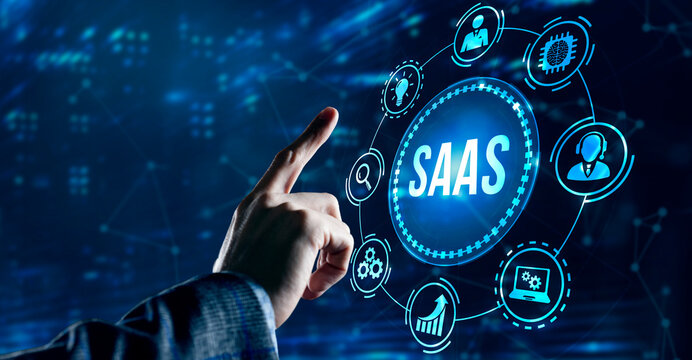
At their core, SaaS products represent some combination of three key aspects: innovation, strategy, and quality assurance/testing (QA). Innovation refers to creating something new; strategy involves determining how best to implement that innovation in order for it to achieve maximum effectiveness.
Finally, QA refers specifically to how well your product functions within its intended use case scenarios or in other words: does it wor
Aspects in the Development Process
When it comes to developing SaaS products, there are several key aspects that should be considered:
1. Identify the target market: Before developing a SaaS product, it is important to identify the target market and their needs. This will help to ensure that the product will be successful and meet the needs of its intended users.
2. Design and user experience: A well-designed SaaS product with a good user experience is essential for success. The product should be intuitive and easy to use, with a clear and consistent user interface.
3. Security: Security is a major concern when it comes to SaaS products, as sensitive data may be stored and transmitted. It is important to ensure that the product is developed with appropriate security measures in place.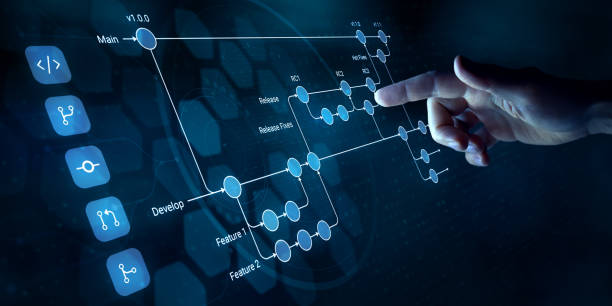
4. Scalability: SaaS products must be able to handle a large number of users and data, so it's essential to design the product to be scalable. This means that the product should be able to grow and expand as the user base grows.
5. Performance: SaaS products must perform well, especially when there are many users accessing the product simultaneously. It's important to design the product with performance in mind, ensuring that it can handle high traffic and load.
6. Continuous improvement: SaaS products should be constantly improved based on user feedback and changing market needs. This means that the development process should be agile and include regular iterations and updates.
By considering these aspects, the development of a successful SaaS product can be achieved.
Strategies for Achieving Quality
1. Test-driven development: This is a powerful approach to creating software that begins with writing tests, rather than just code. It makes sure that you're building the right thing, and it forces you to think about your design before writing any code.
2. Code quality: The quality of your code should be one of your top priorities as a software developer. Keep an eye out for bugs, performance issues, and other problems as you're developing new features; fix them as soon as possible so they don't get forgotten about later down the road when they become more challenging or expensive to fix (or even worse break).
3. Building a strong culture of quality: It's not enough for individual developers within an organization like yours who are passionate about delivering high-quality software; everyone needs buy-in from management above them who understands how important this aspect is when building great products at scale over time!
Innovations and the Future of SaaS Development
The future of SaaS development is in the hands of creators. The future will be innovative, impactful, and exciting. We have already seen some amazing advancements in SaaS products over the past decade. Now that we have a better understanding of what makes a great product and how to build it, it's time for us as creators to push ourselves even further in order to create something truly incredible.
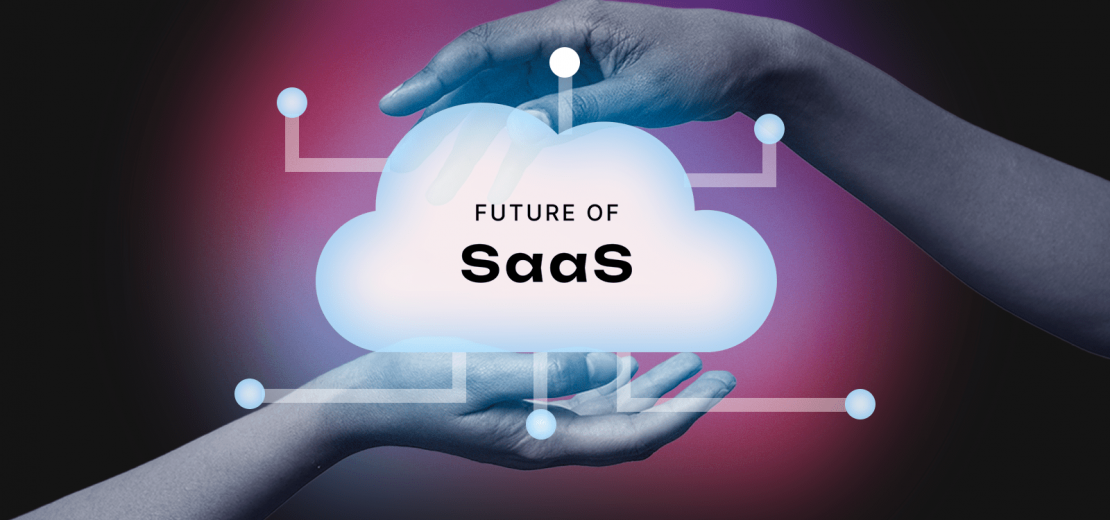
Innovations in SaaS development are constantly evolving, and they play a crucial role in shaping the future of the industry. Here are some key areas where we can expect to see advancements:
1. Artificial Intelligence (AI): AI technologies have the potential to greatly enhance SaaS products. AI can be used for tasks such as personalized recommendations, predictive analytics, and intelligent automation. We can expect to see more integration of AI into SaaS products, making them smarter and more efficient.
2. Machine Learning (ML): ML algorithms can be used to analyze large amounts of data and extract valuable insights. SaaS products can leverage ML to provide advanced analytics capabilities, optimize processes, and automate decision-making. ML can also be used to enhance security by detecting anomalous behavior and patterns.
3. Internet of Things (IoT): With the increasing adoption of IoT devices, SaaS products can leverage IoT data to provide real-time insights and enable automation. Integration with IoT can enhance the functionality of SaaS products and enable innovative use cases in various industries such as healthcare, manufacturing, and smart homes.
4. Data Privacy and Security: As data breaches and privacy concerns continue to be major challenges, SaaS development will focus on stronger security measures and compliance with regulations like GDPR. Blockchain technology may also play a role in enhancing data security and transparency in SaaS products.
5. Low-code and No-code Development: Traditional SaaS development often requires skilled developers to write code. However, low-code and no-code platforms are becoming popular, allowing non-technical users to build and customize SaaS products with visual interfaces. This empowers users to create their own solutions quickly and easily.
6. Serverless Computing: Serverless architectures, where the underlying infrastructure is abstracted, are gaining popularity in SaaS development. This approach allows developers to focus more on building the product's functionality and less on managing infrastructure. Serverless computing can provide flexibility, scalability, and cost-efficiency.
Overall, the future of SaaS development lies in leveraging emerging technologies to provide smarter, more secure, and easier-to-use products. The focus will be on improving user experiences, enabling data-driven insights, and continuously adapting to meet evolving customer needs.
Conclusion
The development process is an important part of creating exceptional SaaS products. It's not just about implementing features or making things work it's also about crafting experiences that are enjoyable and intuitive for your customers.
If you want to build something truly innovative, then you need to think carefully about each step along the way; otherwise, there's no telling what kind of impact your product might have on the world around you!



